Directed by Rizal Mantovani, Sumala weaves a chilling tale of vengeance, supernatural horror, and the dire consequences of a pact with the Devil. The film opens with a gripping premise but struggles to maintain its impact through to the end. Makayla Rose Hilli’s dual performance as both Sumala and Kumala is particularly noteworthy.
Born as one of Lastri’s twin daughters, Sumala is tragically killed at birth by her father, Soedjiman, who fears the disgrace her existence might bring. Years later, she returns as a vengeful spirit, possessing her twin, Kumala, to seek retribution. But the two sisters cannot share the same existence for long. The ultimate question remains—who will survive? Sumala or Kumala? Let’s unravel the mystery.
Spoilers Ahead.
Sumala (2024) Plot Summary and Movie Synopsis
Why Does Lastri Decide to Go to the Shaman?
Lastri’s decision to visit the shaman stems from desperation and societal pressure. In a patriarchal society, a woman’s worth is often tied to her ability to bear children. Soedjiman, her husband, views her infertility as a failure and threatens to remarry. This not only puts Lastri’s marriage at risk but also her social standing and security.
The fear of losing her place in the household pushes her to seek alternative solutions. When she learns about a shaman known for helping women conceive, she clings to the possibility of finally becoming a mother. The shaman represents hope, even if it means resorting to supernatural means. Lastri’s choice is not just about fulfilling her husband’s demands, it is about survival. The pressure, combined with the emotional toll of years of infertility, forces her to take a step she might not have considered otherwise.
Why Does Soedjiman Kill One of His Twins?
Soedjiman’s decision to kill one of his newborn twins is driven by fear, societal pressure, and self-interest. As a wealthy businessman, his reputation in the village is crucial. The thought of fathering a deformed child terrifies him, not because of love or concern but because of the shame it could bring. He believes that if word spreads, he will become a subject of ridicule, jeopardizing his social standing.
His desperation for an heir plays a significant role. For years, he had blamed Lastri for their inability to conceive. Now that he finally has children, he expects perfection. The sight of an unresponsive newborn and a deformed child shatters his expectations. Rather than accepting reality, he takes matters into his own hands, eliminating what he perceives as a weakness. His swift, violent reaction reveals his ruthlessness and obsession with maintaining control over his legacy.
Ironically, even after killing one child, Soedjiman does not find the satisfaction he seeks. Kumala, the surviving twin, does not meet his expectations either. When she struggles to walk and speak, he distances himself from her, treating her with cruelty instead of compassion. This shows that his love is conditional, based not on fatherly affection but on how well his child fits into his vision of power and prestige.
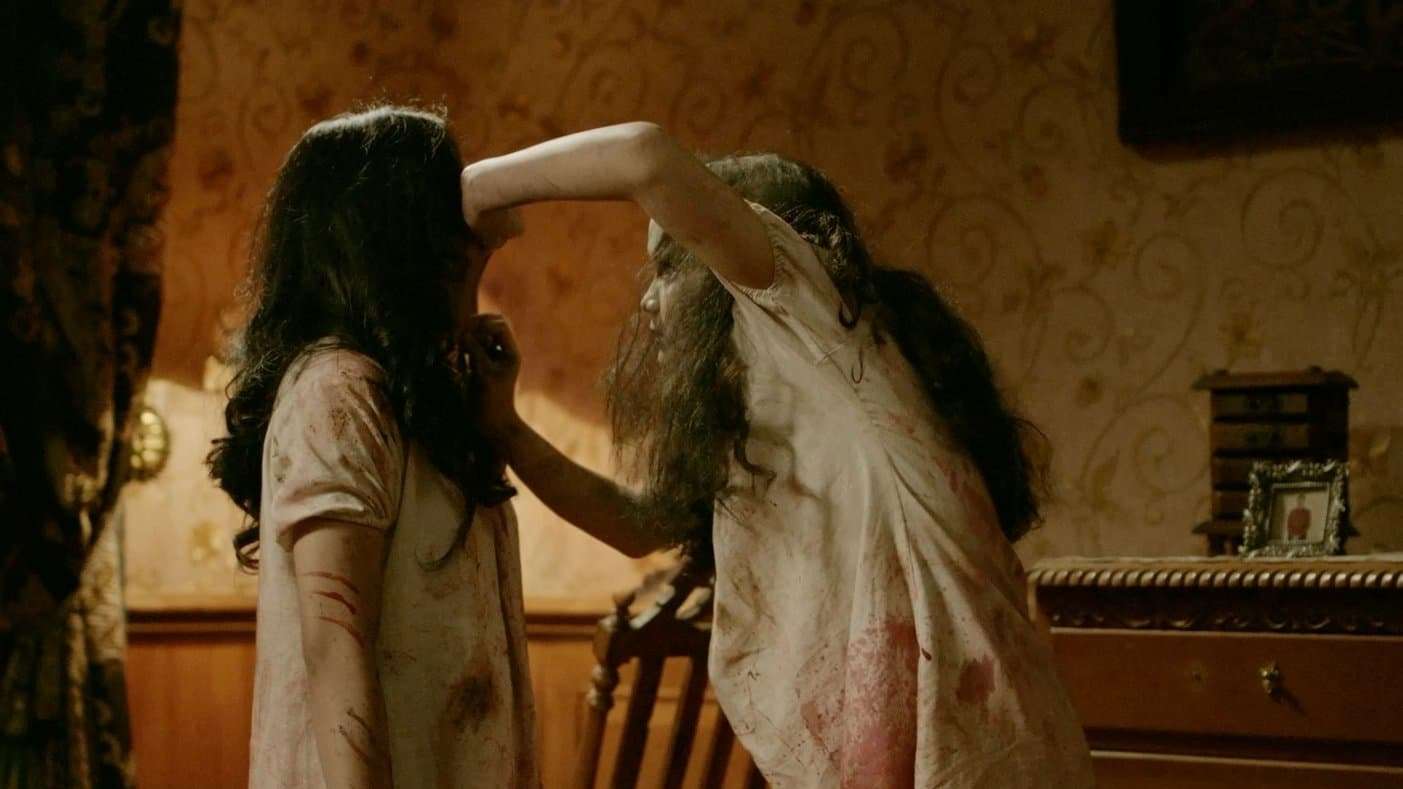
Why Does Kumala’s Behavior Change So Much?
Kumala’s drastic change in behavior is a result of prolonged abuse, isolation, and supernatural influence. She grows up confined, rejected by her father, and ignored by her mother. Her only source of love is Aunt Sum, but even that is not enough to shield her from the trauma of being treated as an outcast. Years of mistreatment leave her emotionally vulnerable, making her an easy target for external manipulation.
Her transformation begins when she meets Sumala, her twin’s vengeful spirit. With no friends or family to turn to, Kumala welcomes Sumala’s presence without realizing her true nature. Sumala, being the child of the Devil, slowly takes control, using Kumala as a vessel to carry out her revenge. The first sign of possession appears when Kumala stabs her father’s hand, an act that’s antithetical to her previously submissive nature.
Soedjiman’s cruelty only worsens the situation. Instead of recognizing her distress, he punishes her harshly, further fueling Sumala’s influence. Tying her to a cross and leaving her in the field dehumanizes her, stripping away any remaining innocence. When she begins acting out, relieving herself at the dinner table, and eating raw meat, it is clear that Sumala’s control is growing. Kumala is no longer just a victim of her father; she is becoming an instrument of his downfall. By the time Lastri realizes what is happening, it is too late. The shaman, the only person who might have reversed the curse, is already dead. Kumala’s fate is sealed, not just because of supernatural forces, but because her own family failed to protect her.
What Does Sumala Do with Kumala’s Body?
Sumala, now possessing Kumala, uses her body to carry out a gruesome act of revenge. After years of isolation, abuse, and rejection, Kumala had already lost her sense of self. Sumala exploits this vulnerability, turning Kumala into a vessel for destruction. The bullying Kumala faces becomes the final trigger, giving Sumala the justification she needs to unleash violence. She brutally kills her bullies, decapitating them and mounting their severed heads on poles as a gruesome display of vengeance. This act terrifies the villagers and marks Kumala as a dangerous entity.
Soedjiman initially refuses to believe that Kumala is capable of such horror, but upon discovering a hole in the shed wall, he realizes she has escaped. Lastri finally confesses the truth, her broken deal with the Devil is the reason for Sumala’s return. She blames Soedjiman for their suffering, as his cruelty prevented their family from living in peace.
To stop Sumala from fully taking over, Soedjiman restrains Kumala, tying her legs to a wooden entrapment. However, time is running out. Kumala is about to turn ten, the moment when Sumala will gain full control. Seeking a solution, Soedjiman consults Grandpa Kusno, a shaman, who offers a dangerous choice: either perform a ritual to expel Sumala or kill Kumala before midnight. If the ritual fails, or if Soedjiman hesitates, the Devil’s child will be unstoppable.
Sumala (2024) Movie Ending Explained:
What Happens to Kumala’s Parents?
Lastri meets her fate at the hands of Sumala, who uses Kumala’s body to exact revenge. After killing Sakir, Sumala turns her wrath toward her mother. Lastri, seeing Sumala’s reflection in the mirror, realizes the horrifying truth: her daughter’s body is being used as a vessel for evil. She begs Sumala to stop, but her plea falls on deaf ears. Sumala stabs Lastri in the leg, preparing for a fatal blow.
However, Lastri manages to break through to Kumala, who regains consciousness for a moment. Realizing her mother is bleeding, Kumala listens as Lastri confesses her guilt. She acknowledges her failure to protect Kumala from her father’s cruelty. Despite everything, Kumala forgives her. But Sumala does not. Since Lastri broke her promise to the Devil, she must suffer. Sumala delivers the final stab, killing Lastri before Soedjiman arrives. By the time he sees his wife’s lifeless body, it is already too late.
After barely escaping Sumala’s attack, Soedjiman informs the villagers of the murders. Though he insists Kumala is not responsible, the villagers refuse to believe him. They only see the gruesome evidence and demand justice. Later, Soedjiman tracks down Kumala in the fields. When she attempts to attack him, he manages to knock her unconscious. Now, he faces an impossible choice, i.e., to take her to the shaman for an exorcism or end her life before Sumala fully possesses her. Unable to kill his daughter, he covers her head with a sack, preparing to take her away. But before he can act, Sumala returns, taunting him with a painful truth.
She reveals that Soedjiman himself was born with a disability, yet instead of showing Kumala compassion, he shames her. He resented his own childhood struggles but chose to repeat the cycle of cruelty with his daughter. His obsession with power and patriarchal pride led to Lastri’s fateful deal with the Devil. Had he been a better husband and father, none of this would have happened. In the end, Soedjiman pays the ultimate price. Sumala disembowels him, mirroring the brutality he once inflicted upon Kumala. His corpse is tied to a pole, just as he had once bound his daughter, marking his gruesome demise at the hands of the Devil’s child.
Is Sumala Dead or Alive?
Even though the villagers never find Sumala’s body, her presence lingers. Many believe her spirit still roams the cornfield at night, haunting those who cross her path. The brutal murders that continue even twenty years later suggest that Sumala never truly died. Sumala’s vengeance does not stop with Soedjiman and Lastri.
She kills a young boy, and when his father refuses to believe in her existence, she forces him to witness a horrifying act of cannibalism. Whether the man survives or not, he learns the terrifying truth — Sumala is still very much alive in spirit. Sumala’s story remains a chilling legend in Semarang. Whether she is a vengeful ghost or a supernatural entity, her terror continues, proving that some evils never fade away.

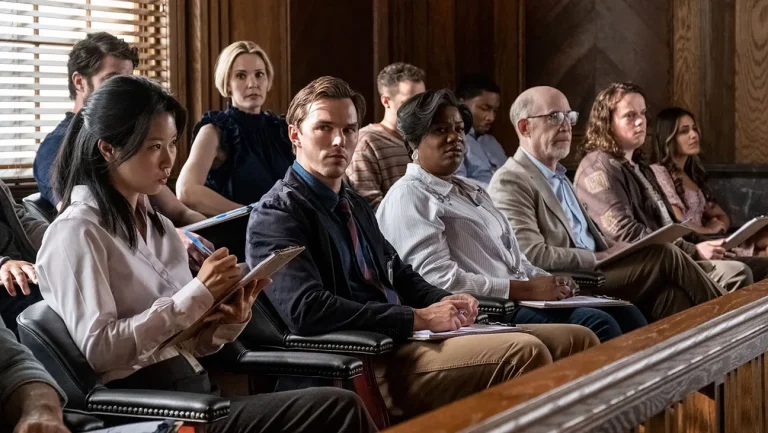
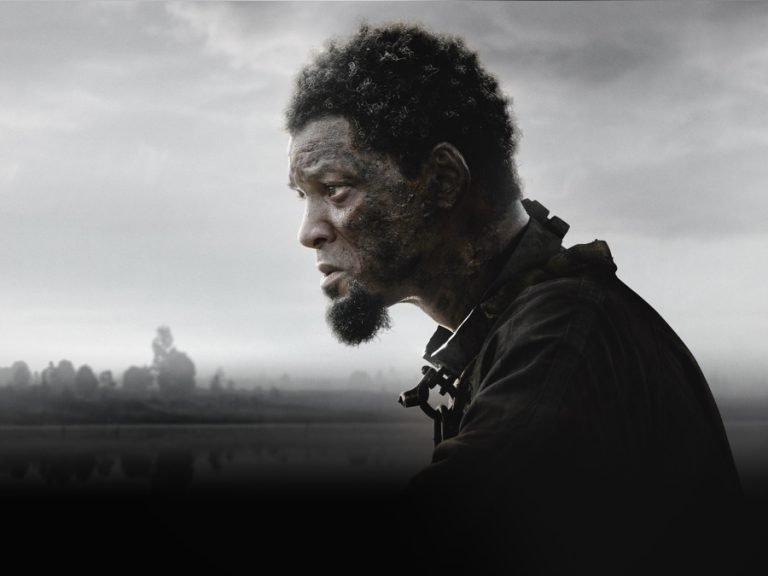

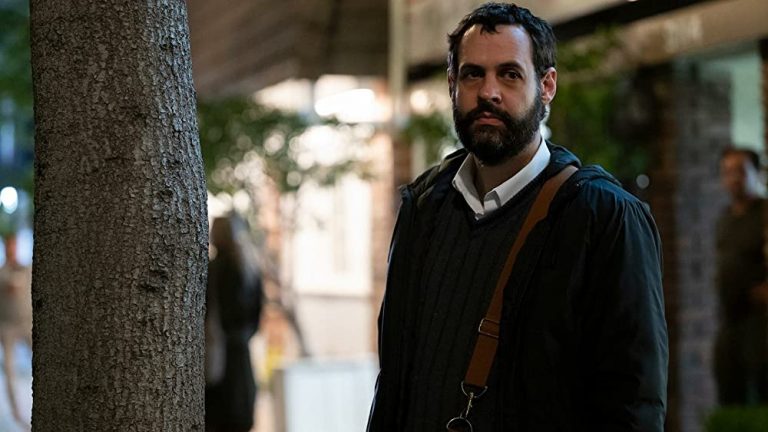
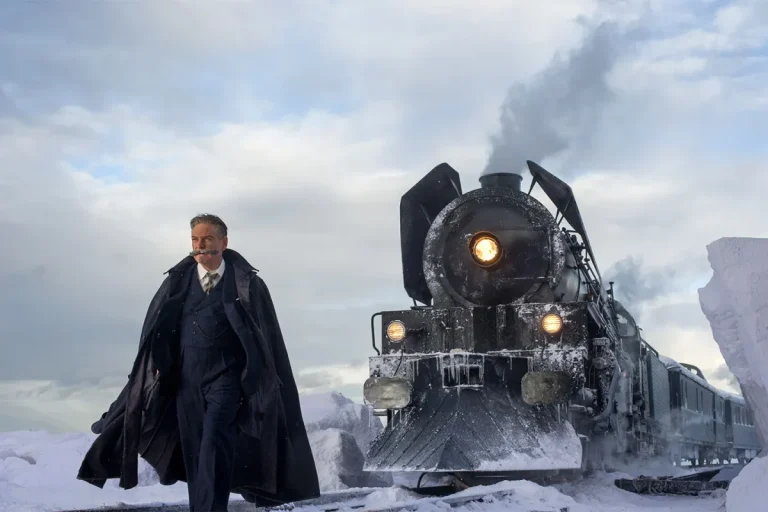
![Badnaam Gali [2019] Zee5 Review – Don’t visit this Gali](https://79468c92.delivery.rocketcdn.me/wp-content/uploads/2019/05/Poster-of-Badnaam-Gali-featuring-Patralekhaa-Divyenndu-Sharma.jpg)